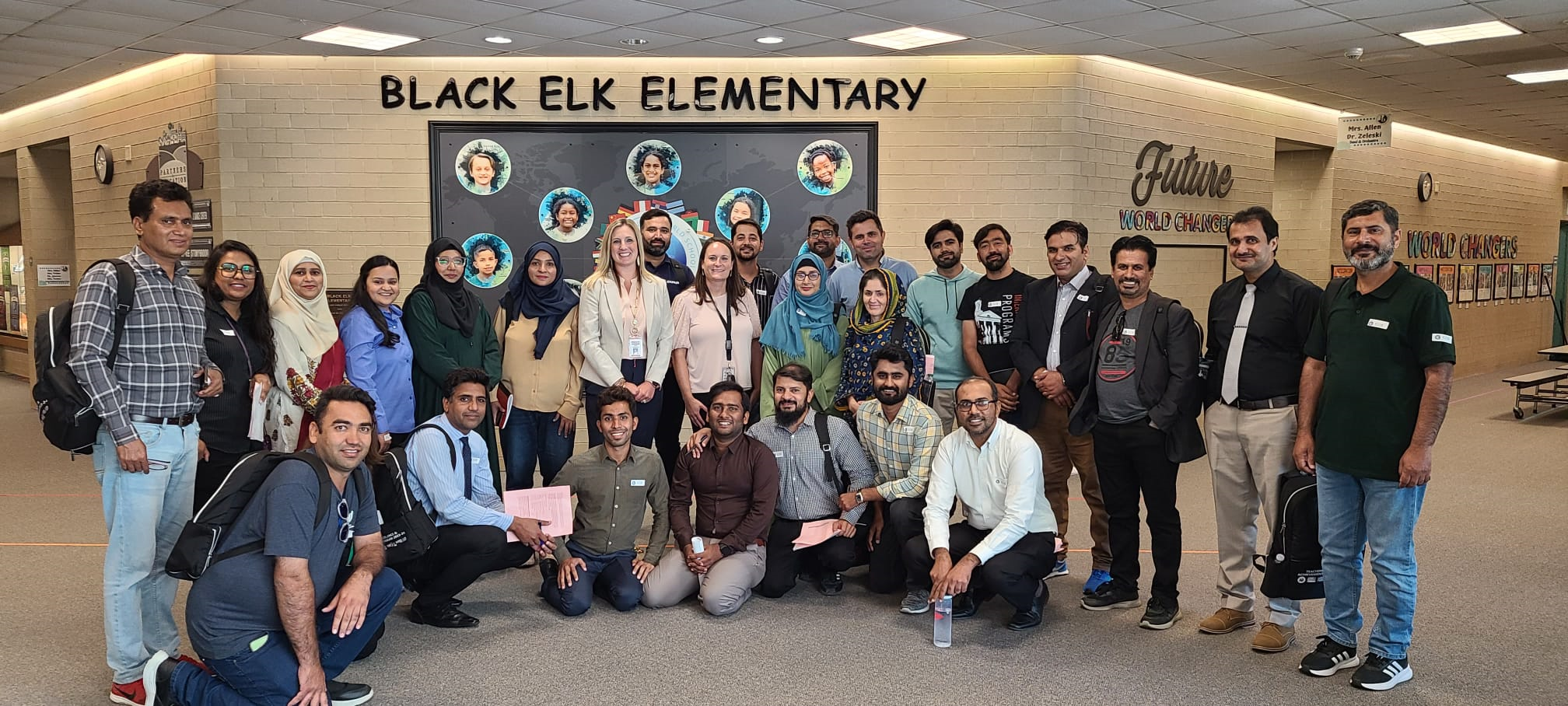AI in the Classroom: Transforming English Language Teaching at Pakistani Universities
In the picturesque hills of Murree, something revolutionary is brewing in education. Vision Building Future recently conducted a groundbreaking workshop at Kohsar University, introducing AI tools to English language educators. The workshop, which drew 36 forward-thinking teachers, wasn’t just another training session, it was a glimpse into the future of education in Pakistan. Breaking Down the AI Barrier Led by education technology experts Dr. Sadia Irshad and Dr. Maria Farooq Maan, the workshop tackled one of today’s most pressing questions: How can AI transform the way we teach languages? The answer, it turns out, lies in reimagining everything from classroom engagement to assessment methods. “We’re seeing a paradigm shift in education,” says Dr. Irshad. “AI isn’t just about automation – it’s about empowering teachers to create more dynamic, personalized learning experiences.” The Numbers Tell a Story The workshop’s impact was immediate and measurable. 82% of participants reported increased confidence in using AI tools, while 85% noted significant knowledge gains. Perhaps most importantly, 80% of educators left feeling equipped to implement these tools in their classrooms. Beyond the Basics What made this workshop different? Rather than getting lost in abstract theories, participants rolled up their sleeves and dove straight into hands-on applications, making the experience far more dynamic and impactful. Teachers learned to: Create personalized learning paths using AI tools Develop interactive lesson plans that engage digital-native students Streamline assessment processes while maintaining educational integrity Foster creativity through AI-assisted activities A Glimpse into the Future This workshop represents more than just professional development – it’s part of a larger vision for educational transformation in Pakistan. Vision Building Future sees AI not as a replacement for teachers, but as a powerful tool in their arsenal. What’s Next? The success at Kohsar University is just the beginning. Vision Building Future is already planning similar workshops across Pakistan, creating a network of tech-savvy educators ready to embrace the future of teaching. The future of education is here, and it’s powered by AI. The question isn’t whether to adopt these tools, but how quickly we can empower our educators to use them effectively. This initiative is part of Vision Building Future’s ongoing commitment to educational innovation and excellence in Pakistan.









